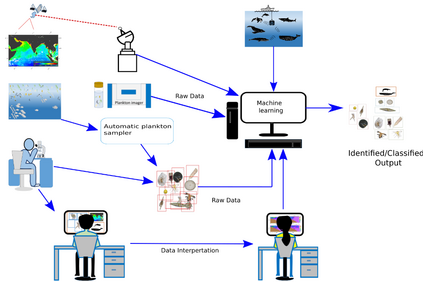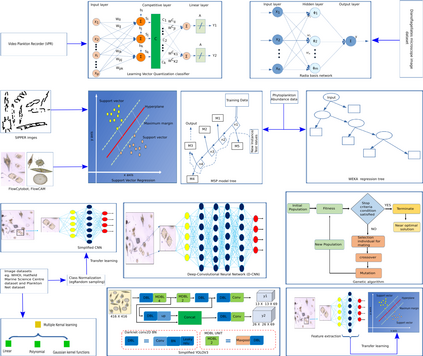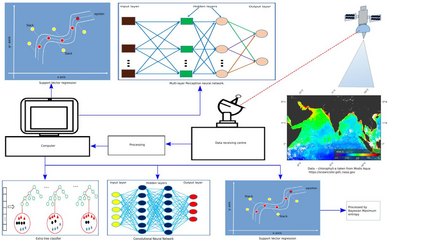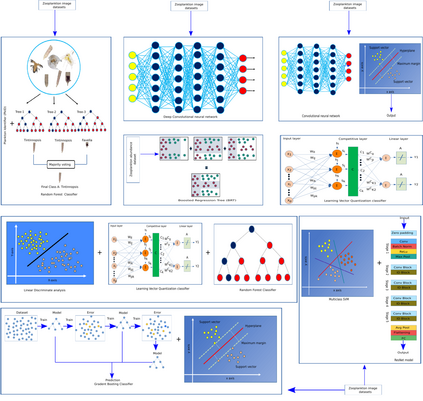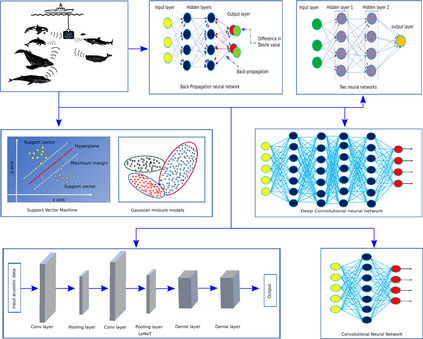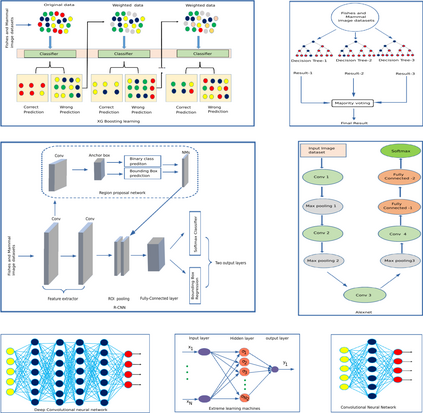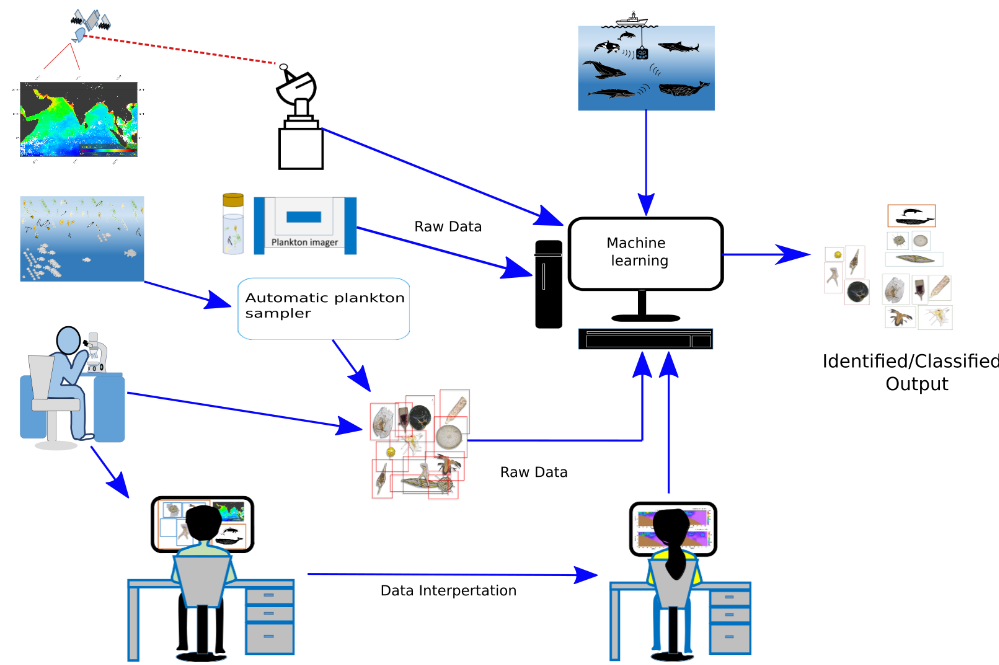Machine learning (ML) refers to computer algorithms that predict a meaningful output or categorise complex systems based on a large amount of data. ML applied in a variety of areas, including natural science, engineering, space exploration, and even gaming development. This article focused on the use of machine learning in the field of chemical and biological oceanography. In the prediction of global fixed nitrogen levels, partial carbon dioxide pressure, and other chemical properties, the application of ML is a promising tool. Machine learning is also utilised in the field of biological oceanography to detect planktonic forms from various images (i.e., microscopy, FlowCAM and video recorder), spectrometers, and other signal processing techniques. Moreover, ML successfully classified the mammals using their acoustics, detecting endangered mammalian and fish species in a specific environment. Most importantly, using environmental data, the ML proved to be an effective method for predicting hypoxic conditions and the harmful algal bloom events, an important measurement in terms of environmental monitoring. Furthermore, machine learning was used to construct a number of databases for various species that will be useful to other researchers, and the creation of new algorithms will help the marine research community better comprehend the chemistry and biology of the ocean.
翻译:机器学习(ML)是指根据大量数据预测有意义的产出或分类复杂系统的计算机算法; ML应用于各个领域,包括自然科学、工程、空间探索、甚至游戏开发; 文章侧重于在化学和生物海洋学领域利用机器学习; 在预测全球固定氮水平、部分二氧化碳压力和其他化学特性时, ML的应用是一个很有希望的工具; 机器学习还用于生物海洋学领域,以从各种图像(如显微镜、FlowCAM和视频记录器)、光谱仪和其他信号处理技术中探测浮游形式; 此外, ML成功地利用声音对哺乳动物进行分类,在特定环境中探测濒危哺乳动物和鱼类物种; 最重要的是,利用环境数据证明ML是预测低氧化物条件和有害藻华事件的有效方法,这是环境监测方面的一项重要计量。 此外,机器学习还用来为各种物种(例如微镜像、FlowCAM和视频记录器)、光谱仪和其他信号处理技术等建立若干数据库。 此外,ML成功地对哺乳动物进行了分类,利用他们的声学,探测,在特定环境中探测濒危哺乳动物和海洋生物学研究。

